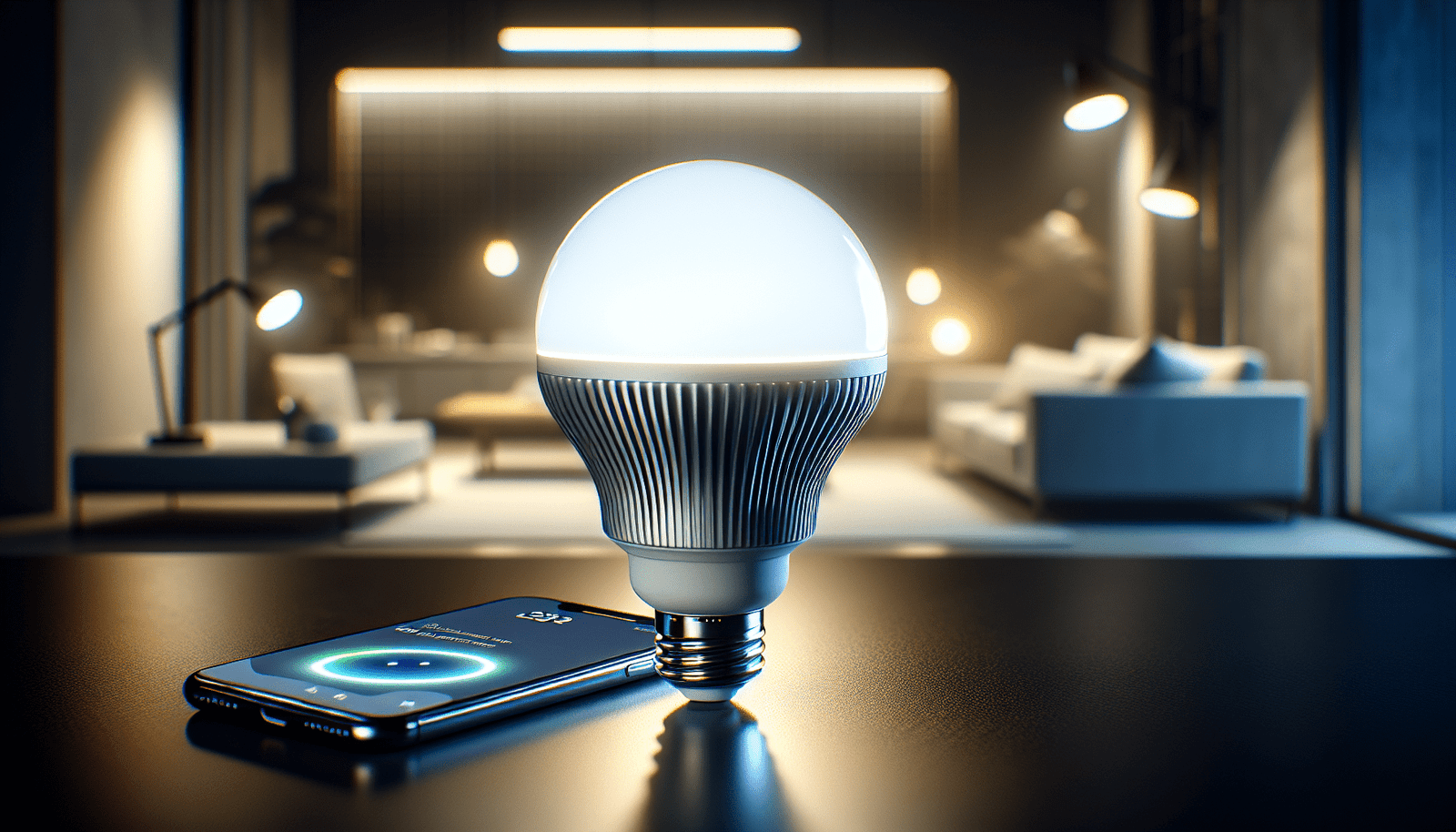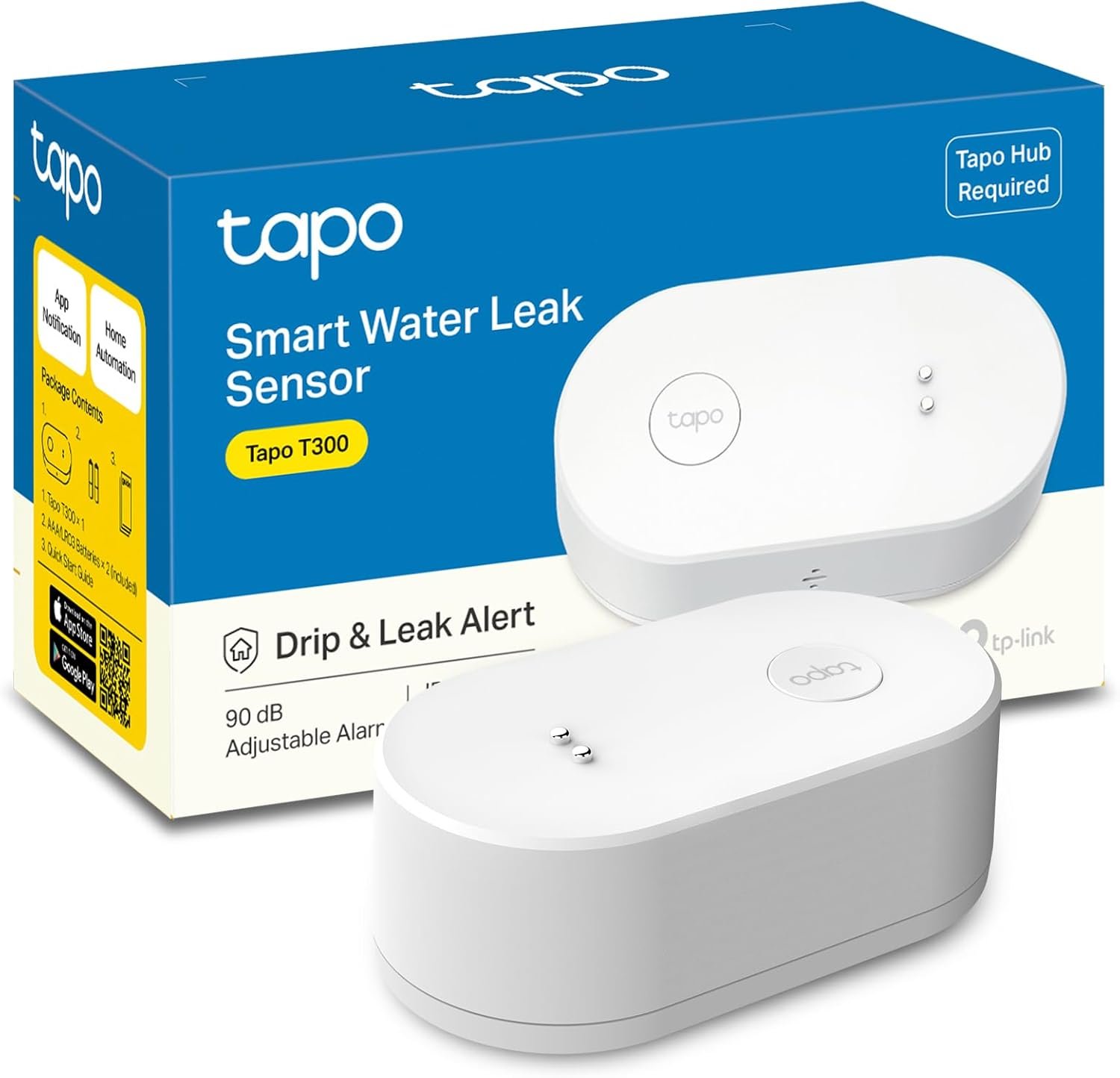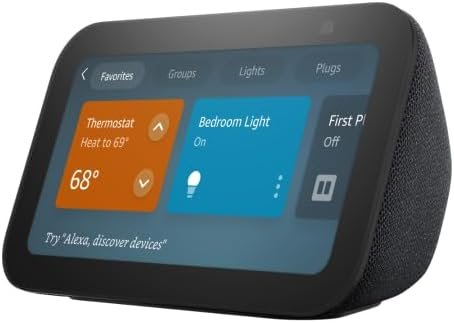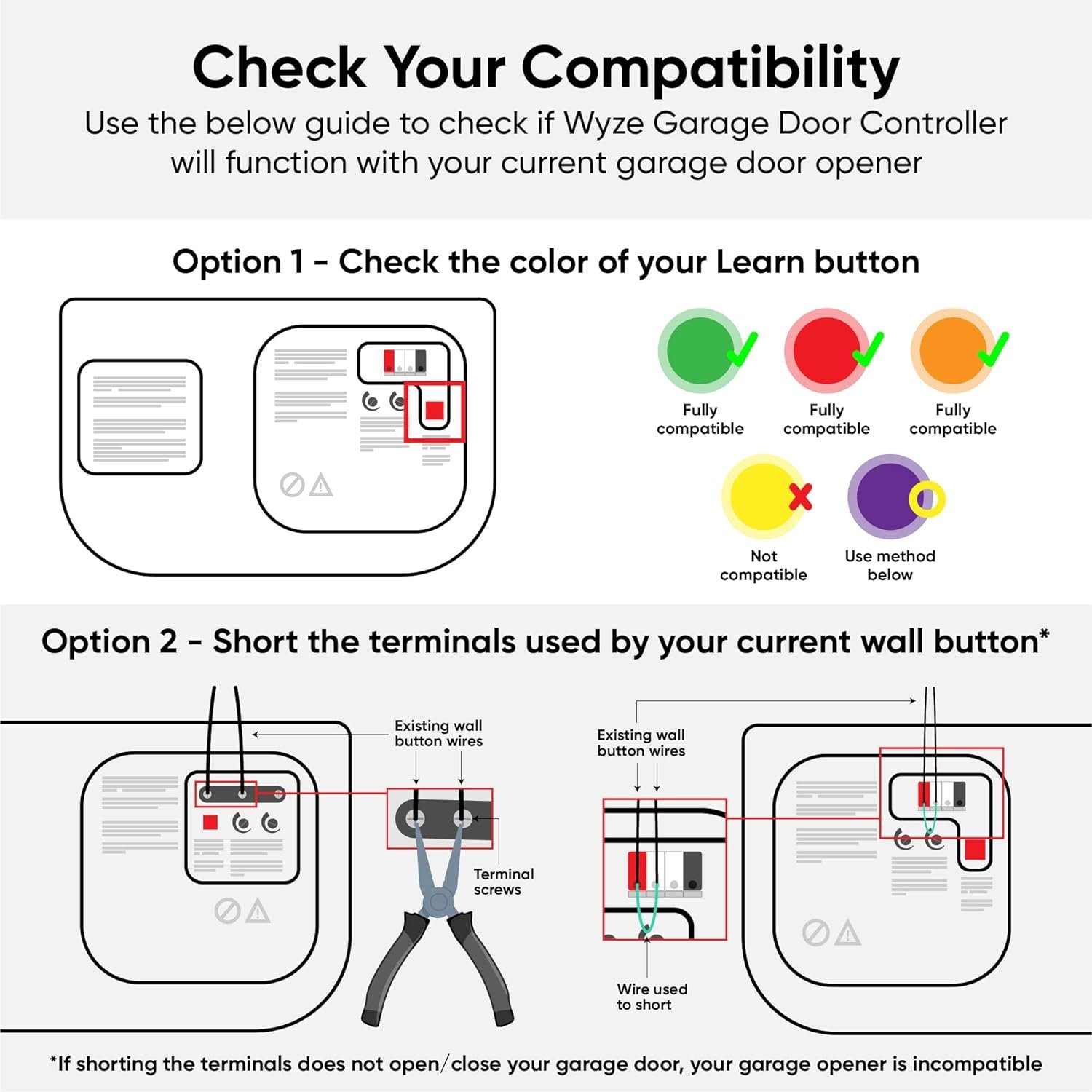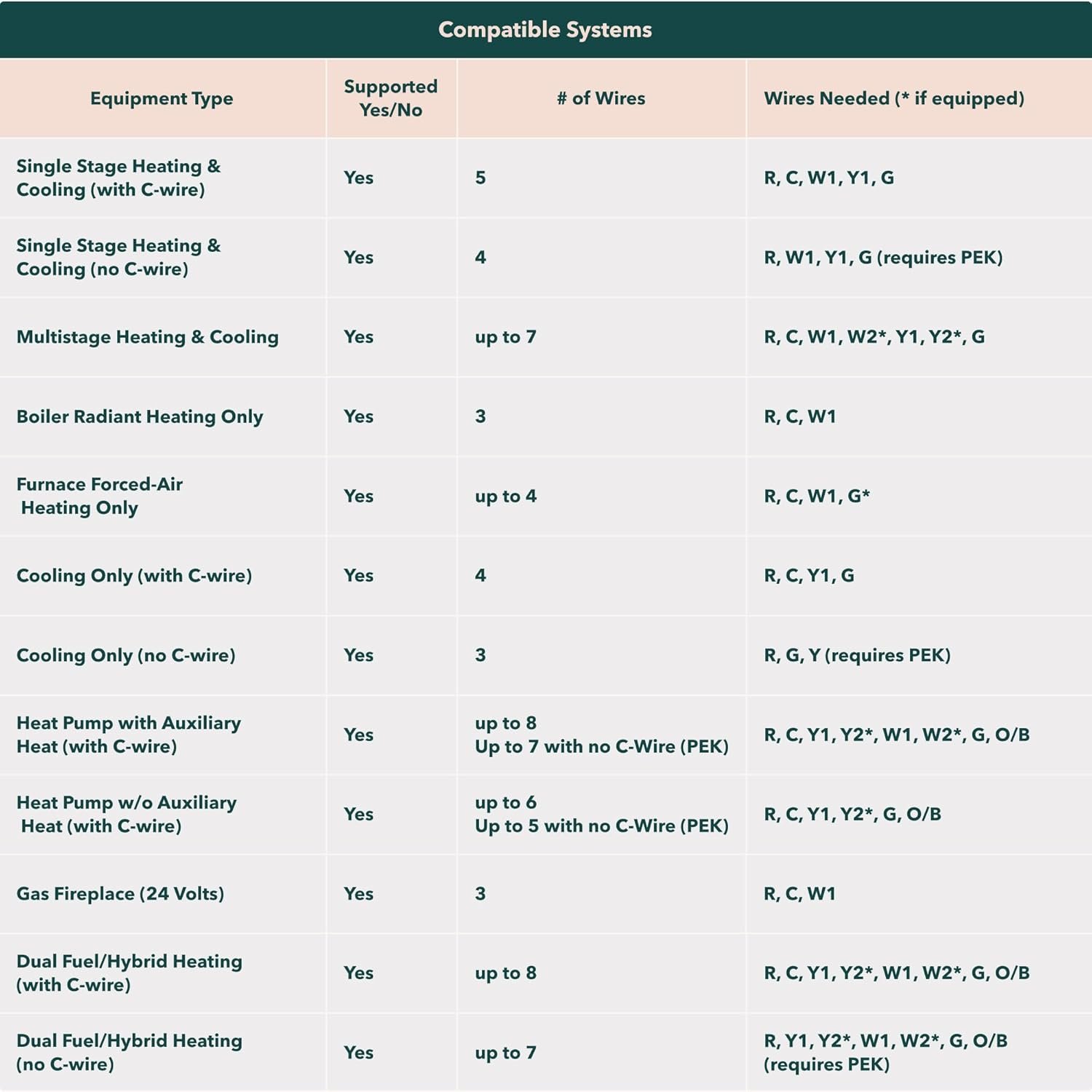What are the first thoughts that come to mind when you think about upgrading your lighting? Are you yearning for more control, ambiance, or energy efficiency? Smart bulbs offer an exciting solution that brings your lighting into the 21st century. Let’s unravel what smart bulbs do and how they can transform your home.
What Are Smart Bulbs?
At their core, smart bulbs are LED light bulbs that you can control using a smartphone, tablet, or voice assistant. Unlike traditional bulbs, smart bulbs allow you to adjust brightness, color, and even set schedules—all at your fingertips.
The Basics of Smart Bulbs
Smart bulbs connect to your home Wi-Fi network or can communicate through Bluetooth or Zigbee protocols. This connectivity allows for a wealth of capabilities such as remote control and automation. You can customize how your lights behave, making them ideal for various scenarios—from creating a party atmosphere to dimming down for a cozy movie night.
Key Features of Smart Bulbs
Understanding the functionality and features of smart bulbs helps you appreciate what makes them stand out. Here’s a breakdown of some essential features you’ll encounter.
Dimming Capabilities
Imagine a light bulb that allows you to adjust the brightness according to the time of day or activity. Whether you’re reading a book, entertaining guests, or preparing for bed, smart bulbs can be dimmed to your preference. This feature not only enhances your comfort but can also extend the lifespan of the bulb.
Color-Changing Options
Many smart bulbs offer the simplistic yet dazzling feature of color-changing capabilities. With millions of colors to choose from, you can set the mood for any occasion. Want a calming blue for a peaceful evening? Or maybe a vibrant red for a festive gathering? The choice is yours, right from your mobile device.
Scheduling and Automation
You can set schedules so your lights turn on or off at specific times. Imagine arriving home to a warmly lit house instead of fumbling in the dark. Some smart bulbs can even simulate your presence by turning on and off randomly, enhancing security when you’re away.

Installation and Compatibility
If you’re a homeowner or a renter, you might be wondering how easy it is to install smart bulbs in your existing fixtures.
Easy Installation
One of the best aspects of smart bulbs is their straightforward installation process. All you need to do is screw them into your existing light fixtures like you would with a regular bulb, making it accessible for anyone—no specialized skills required!
Compatibility Considerations
Most smart bulbs will work in standard light fixtures, but it’s crucial to ensure compatibility with your specific lighting setup. Some bulbs may require smart hubs or specific apps, while others operate directly via Wi-Fi or Bluetooth.
Energy Efficiency and Costs
As a conscious consumer, you might be asking: Will switching to smart bulbs help save on energy costs? The answer is quite possibly yes!
Energy Consumption
Smart bulbs generally consume less electricity than traditional incandescent bulbs, particularly because of the LED technology they utilize. Not only do they use less power while in operation, but their ability to be dimmed and controlled remotely allows for even more energy savings.
Long-Term Savings
While smart bulbs can be more expensive upfront than traditional bulbs, the long-term savings through lower energy bills can make them a worthwhile investment. Many users find that the convenience and energy efficiency offset the initial costs over time.

Automation and Integration
Smart bulbs aren’t just about lighting; they can be integrated into your broader smart home ecosystem.
Remote Control (Smartphone & Voice Assistants)
With smart bulbs, you can control the lights from your smartphone, regardless of where you are. Did you leave for work and forget to turn the lights off? No problem! You can do it remotely. Plus, they often integrate with voice assistants like Alexa, Google Assistant, or Apple HomeKit for hands-free control.
Setting Scenes
Imagine coming home after a long day and not having to fumble with the switches. Just say, “Turn on my evening scene,” and your lights adjust to the perfect level and color. This feature enhances comfort and convenience, especially when your hands are full.
Drawbacks and Limitations
It’s essential to look at both sides of the coin when considering a switch to smart lighting.
Connectivity Issues
Smart bulbs rely on Wi-Fi or Bluetooth for proper functioning, meaning if there’s a power outage or poor internet connection, you could face issues controlling them. Additionally, if multiple people are trying to control the same bulb, it might lead to lag or connectivity delays.
Security Concerns
Though innovative, there’s always a risk of hacking associated with smart devices. Ensuring you set up strong passwords, keep your firmware updated, and utilize network security can mitigate many of these risks.
Troubleshooting and Best Practices
Every technology can come with hiccups. Knowing how to troubleshoot issues can make your experience smoother.
Common Connectivity Issues
If your smart bulb is unresponsive, try resetting it by turning it off and on multiple times. For connection troubles, ensure your Wi-Fi is working properly and your phone is connected to the same network, as many bulbs require this.
Smart Bulb Recognition Problems
If your bulb isn’t being recognized by the app, make sure it’s within range of your Wi-Fi. If further issues arise, consult the manufacturer’s troubleshooting guide. Factory resetting might also resolve stubborn issues.
Smart Lighting Ecosystems
Exploring how smart bulbs interact with other smart devices can enhance your home experience.
Compatibility With Smart Switches and Dimmers
Smart bulbs can work effectively with smart switches and dimmers, allowing for even more control. Integrating these devices can provide a seamless lighting experience—like dimming the lights at the same time as your smart thermostat adjusts the temperature for movie night.
Outdoor and Specialty Uses
Beyond just indoor lighting, outdoor smart bulbs can enhance your backyard and ensure your home is well-lit for security purposes. Look for weather-resistant options that can withstand the elements, providing safety and ambiance to your outdoor settings.
The Benefit of Energy Efficiency
Switching to smart bulbs can have significant advantages when it comes to energy savings.
Lower Energy Bills
The ability to manage your lighting remotely and set schedules means you have greater control over when your lights are in use. According to studies, households that implemented smart lighting saw reductions in their monthly electricity bills.
Reduced Environmental Impact
Beyond just saving money, using smart bulbs means you’re also being more environmentally conscious. By consuming less energy, you contribute to reducing carbon footprints, leading to a healthier planet.
Security Benefits of Smart Lighting
You might not think of smart lighting as a security feature, but it can serve as an effective deterrent against burglaries and enhance your home’s overall safety.
Simulation of Presence
When you’re away from home, smart bulbs can emulate your normal lighting patterns, making it appear as though someone is home. This strategy can significantly reduce the chances of home invasion.
Outdoor Security Lighting
Smart outdoor bulbs can also be set to turn on during specific hours or triggered by motion sensors. This feature is especially helpful in illuminating dark areas and ensuring your property remains secure.
Future Trends in Smart Lighting Technology
As technology continues to evolve, so do smart lighting solutions. Being aware of the latest trends can help you stay ahead of the curve.
Advancements in Integration
As more devices become compatible with smart bulbs, the possibilities for automation will expand. From partnerships with security systems to enhanced connectivity with other smart home devices, this technology continues to evolve rapidly.
Enhanced Features
Future smart bulbs may include advanced sensors to detect movement, manage energy consumption more efficiently, and integrate with advanced AI to tailor your lighting for maximum comfort.
Conclusion
Smart bulbs represent a significant leap forward in home lighting, offering you versatility, efficiency, and control that traditional bulbs simply can’t match. As a homeowner, renter, tech enthusiast, or energy-conscious consumer, smart bulbs can cater to your unique needs and enhance your living space.
Whether it’s the allure of dimming features, the charm of color-changing options, or the practicality of remote control, smart lighting can help create the perfect atmosphere for any occasion. So, are you ready to transform your space with smart lighting? It might just be the upgrade you’ve been looking for!

Disclosure: As an Amazon Associate, I earn from qualifying purchases.
